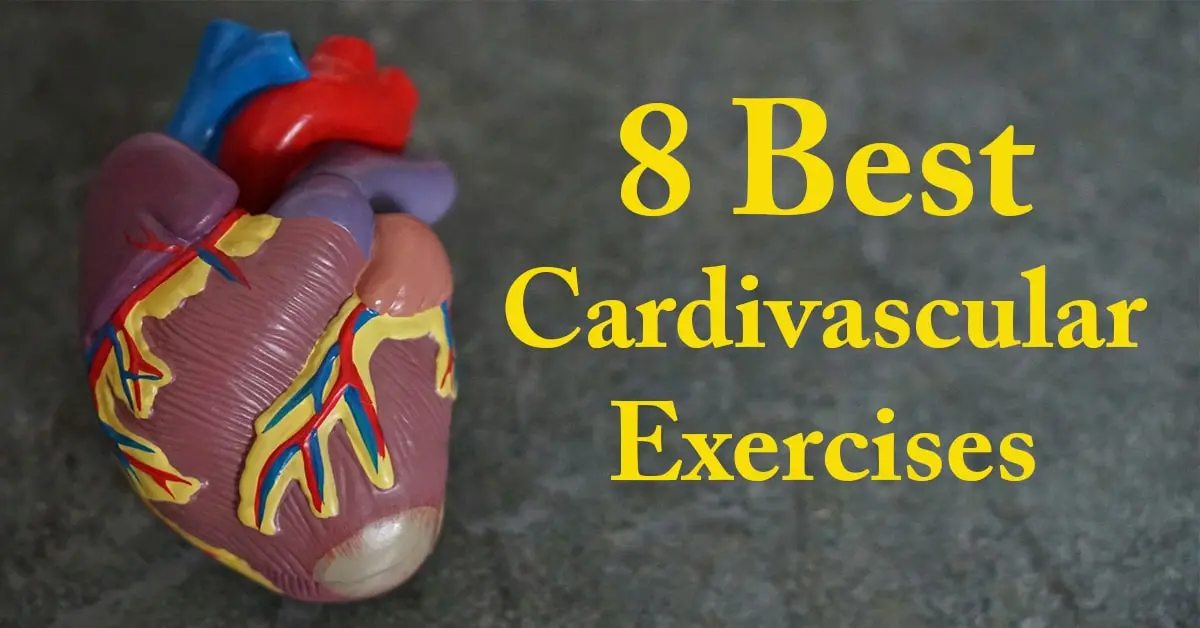Millions of people follow a gluten-free and dairy-free diet due to health problems like celiac disease (CD), non-celiac gluten sensitivity (NCGS), gluten ataxia, lactose intolerance, bloating, diarrhea, and others. Avoiding gluten and lactose is vital for the survival of allergic people.
Table of Contents
ToggleUnderstanding Gluten and Dairy:
1. Understanding of Gluten:
What is gluten?
Gluten is a protein found naturally in some cereal grains, such as wheat, barley, spelt, rye, triticale (a cross between rye and wheat), oats, and their derivatives. Gluten is found in many processed foods, such as bread, biscuits, pastries, cakes, pasta, candies, beers, crackers, pizzas, and burgers. It is stretchy and helps to maintain the shape of baked products. It acts as a binding agent in many recipes, like pizza dough.
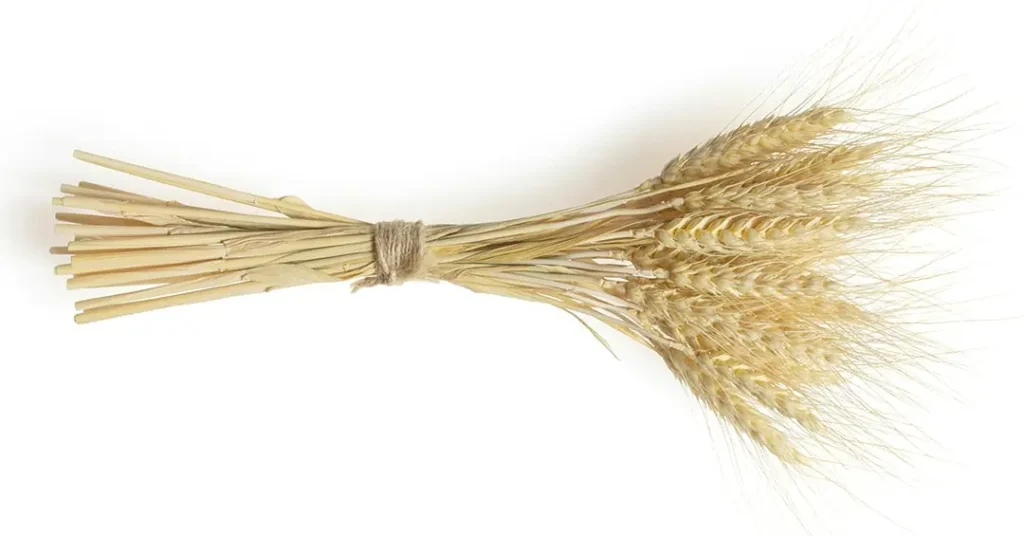
What is gluten-free diet?
A gluten-free diet means a diet without gluten, which is found in cereals like wheat, barley, and spelt.
What is dairy-free diet?
A dairy-free diet means a diet without lactose, which is found in all milk products like cheese, yogurt, ice cream, and cream.
Diseases due to gluten:
Gluten causes many diseases, and some of them are as follows:.
Celiac Disease (CD):
In this disease, after consuming gluten, the immune system fights against your own body cells, damages the small intestine, and prevents the absorption of nutrients. This leads to bloating, gas, fatigue, diarrhea, abdominal pain, vomiting, weight loss, and other symptoms.
Non-Celiac Gluten Sensitivity (NCGS):
In this disease, a person without celiac disease faces intestinal and extra-intestinal symptoms after consuming the gluten. Researchers suggested that this condition may be due to the presence of other components present in gluten named FODMAPs. You can read Recent Advances in Understanding Non-Celiac Gluten Sensitivity.
What are FODMAPs:
FODMAPs (Fermentable Oligosaccharides, Disaccharides, Monosaccharides, and Polyols) are short-chain carbohydrates linked to digestive discomfort in people with irritable bowel syndrome (IBS), as they ferment in the gut and draw excess water, worsening gastrointestinal symptoms like abdominal pain, bloating, and diarrhea. Found in certain foods like onions, dairy, apples, and wheat-based products, high FODMAP foods can trigger symptoms in sensitive individuals.
Gluten ataxia:
In this disease, the immune system attacks the body’s nervous system after consuming gluten. This rare disease may be due to a lack of vitamins like vitamin E, vitamin B12, vitamin B1, and B6. Excess B6 intake also causes ataxia.
2. Understanding of Dairy Products:
What are dairy products?
Dairy products are made from milk, such as cheese, yogurt, cream, ice cream, and butter. Milk contains a sugar called lactose, which some people find difficult to digest. Significant milk sources are goats, cows, sheep, camels, and buffalo.
Diseases due to dairy products:
Lactose Intolerance:
In this condition, your body produces fewer lactase enzymes in the small intestine needed to digest milk. The lactase enzyme breaks the milk sugar into glucose and galactose. Symptoms of lactose intolerance are bloating, diarrhea, constipation, and gas. This condition is most common and harmless, but patients feel uncomfortable after lactose intake.
Dairy Allergy:
Casein and whey are the proteins in dairy products that cause dairy allergy. This allergy is common in children. Dairy allergy symptoms may be mild or severe, such as vomiting, hives, rashes, bloody stools, difficulty breathing, and anaphylaxis (a life-threatening reaction).
Why people intake gluten-free and dairy-free diets:
People intake gluten and dairy-free diets for many reasons, some of which are mentioned below.
Health Issues:
Many people face serious health problems like celiac disease, non-celiac gluten sensitivity, lactose intolerance, or dairy allergies, so they shift to gluten-free and dairy-free diets.
Vegan
Some people consume only plant-based products for the sake of better health and having a toxin-free diet.
Digestive Health
Many people feel better digestion after a gluten-free and dairy-free diet without any diagnosed intolerance.
Gluten-free and dairy-free food list
Fresh fruits, veggies, meats, fish, rice, quinoa, nuts, seeds, legumes, and plant-based milks (almond, coconut).
Avoid: Wheat, barley, rye, milk, cheese, butter; check labels for hidden gluten/dairy in processed items.
Gluten-free food list:
Fruits:
All fruits are naturally gluten-free, so eat and enjoy them without any fear. Some interesting fruits are mentioned here for fun.

Caution:
If fruits are processed, then first check the label as gluten-free. Processed fruits may contain allergic ingredients, so cross-check it.
Vegetables:
Just like fruits, all the fresh vegetables are gluten-free so some of the amazing vegetables are mentioned here for relish.
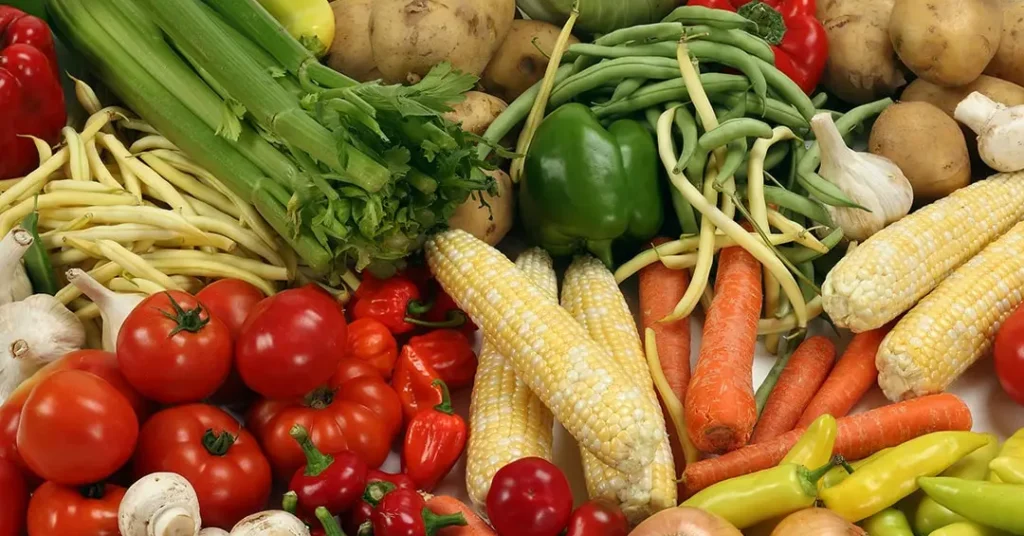
- Leafy Greens
- Cruciferous Vegetables
- Root Vegetables
- Alliums
- Squashes
- Other Common Vegetables
1. Leafy greens:
- Spinach
- Kale
- Lettuce (all varieties)
- Arugula
- Swiss chard
- Collard greens
2. Cruciferous Vegetables
- Broccoli
- Cauliflower
- Brussels sprouts
- Cabbage (green, red, savoy)
- Bok choy
3. Root Vegetables
- Carrots
- Potatoes (all types)
- Sweet potatoes
- Beets
- Turnips
- Radishes
4. Alliums
- Onions (red, yellow, white)
- Garlic
- Leeks
- Scallions (green onions)
5. Squashes
- Zucchini
- Yellow squash
- Pumpkin
- Butternut squash
- Acorn squash
6. Other Common Vegetables
- Bell peppers (all colors)
- Cucumbers
- Tomatoes
- Celery
- Mushrooms (all varieties)
- Asparagus
- Green beans
- Peas (snow peas, sugar snap peas)
- Corn (fresh corn on the cob is considered a vegetable; dried corn is a grain but still gluten-free)
- Eggplant
- Okra
- Artichokes
Grains:
All grains are not gluten-free, so here gluten-free grains are disclosed to help you out.
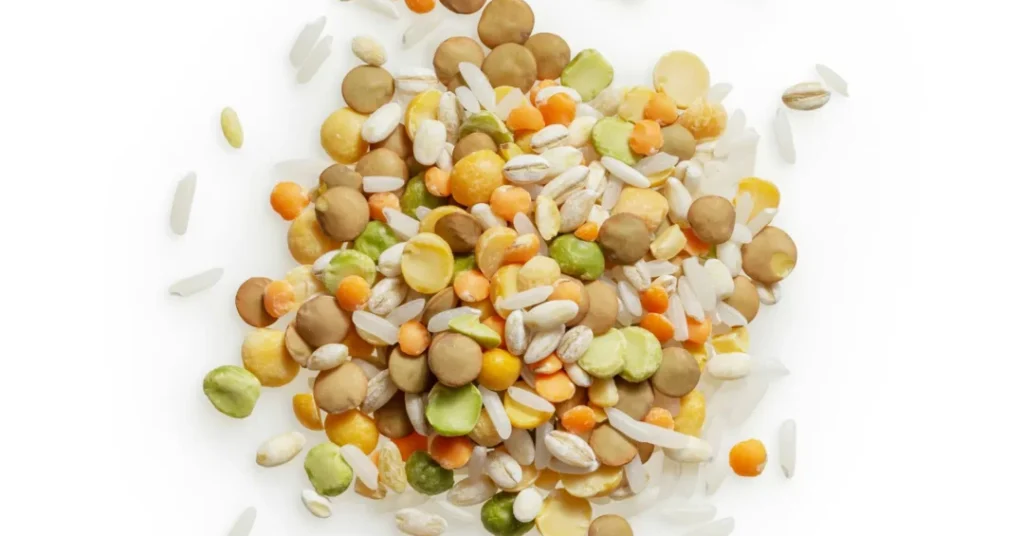
Nuts:
All the pure forms of nuts are gluten-free, but processed or flavored ones may or may not be gluten-free, so first check the label, then use them.
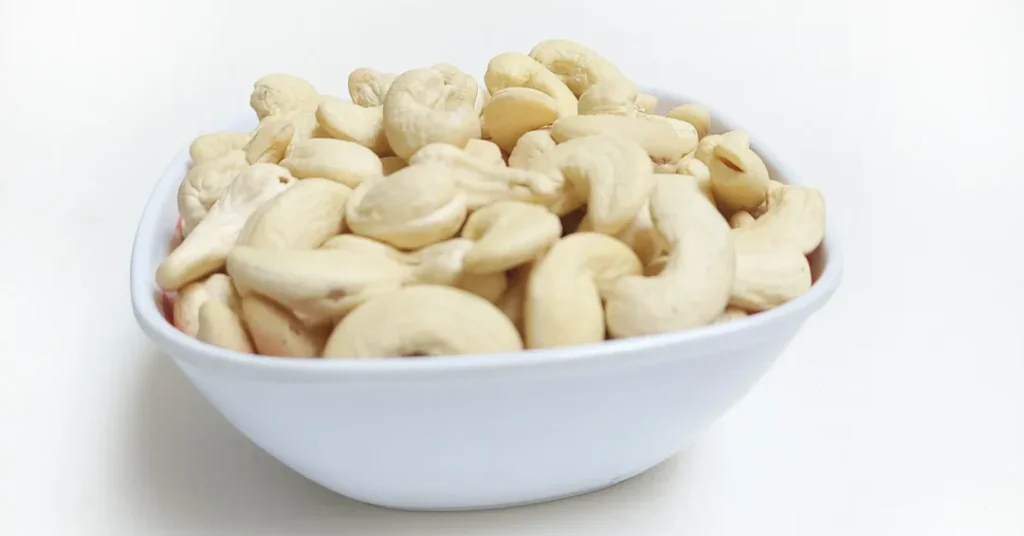
Beans:
Beans are naturally gluten-free but some processed foods may be contaminated with gluten.
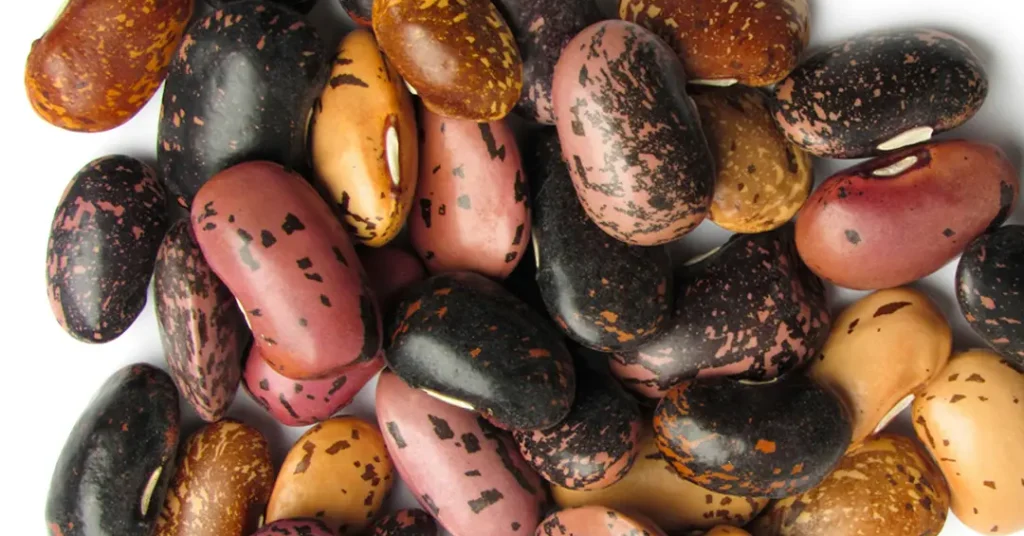
- Black beans
- Kidney beans
- Chickpeas (garbanzo beans)
- Pinto beans
- Navy beans
- Cannellini beans
- Lima beans
- Adzuki beans
- Mung beans
- Black-eyed peas
- Lentils (red, green, brown, French)
- Split peas (green, yellow)
- Soybeans (edamame)
- Great Northern beans
- Fava beans (broad beans)
Dairy-free food list:
Many plant-based alternatives to milk are available on the market. The best dairy-free foods are almond milk, soy milk, vegan butter, rice milk, oat milk, and others.
Non-Celiac Gluten Sensitivity:
A disease whose symptoms and effects are similar to celiac disease but is not actually celiac gluten sensitivity. In February 2011, the first Consensus Conference on Gluten-Related Disorders was held in London, where the non-celiac gluten sensitivity term was first introduced. In 2012, the Second Consensus Conference on Gluten-Related Disorders was held for diagnosing the NCGS.
Frequently Asked Questions:
Are milk products gluten-free?
In nature pure milk and it’s products are gluten-free but some time dairy products are contaminated with some gluten containing ingredients like yogurt flavored with malt.
Can a person have both gluten and dairy intolerances?
Yes, it is possible that a person may be intolerant of both gluten and dairy items. One allergy may be more dominant than the other while symptoms of both are relatively similar.
Why does soy sauce have gluten?
Traditional soy sauce contains gluten because it is made of wheat, and we know that wheat contains gluten. Gluten-free soy sauces are also available in the market, and some alternatives are used in place of wheat. Tamari (wheat-free), certified GF soy sauce (using rice/sorghum), or coconut aminos are practical examples of alternatives to traditional soy sauces.
Conclusion:
Gluten and dairy products are not suitable for some people as they are allergic to them, so they use alternative food in place of wheat, cheese, milk, etc. Many diseases are associated with them, and some of them are serious for human health.
Note for allergic people:
Always check the labelling of gluten-free and dairy-free when purchasing any edible stuff.





